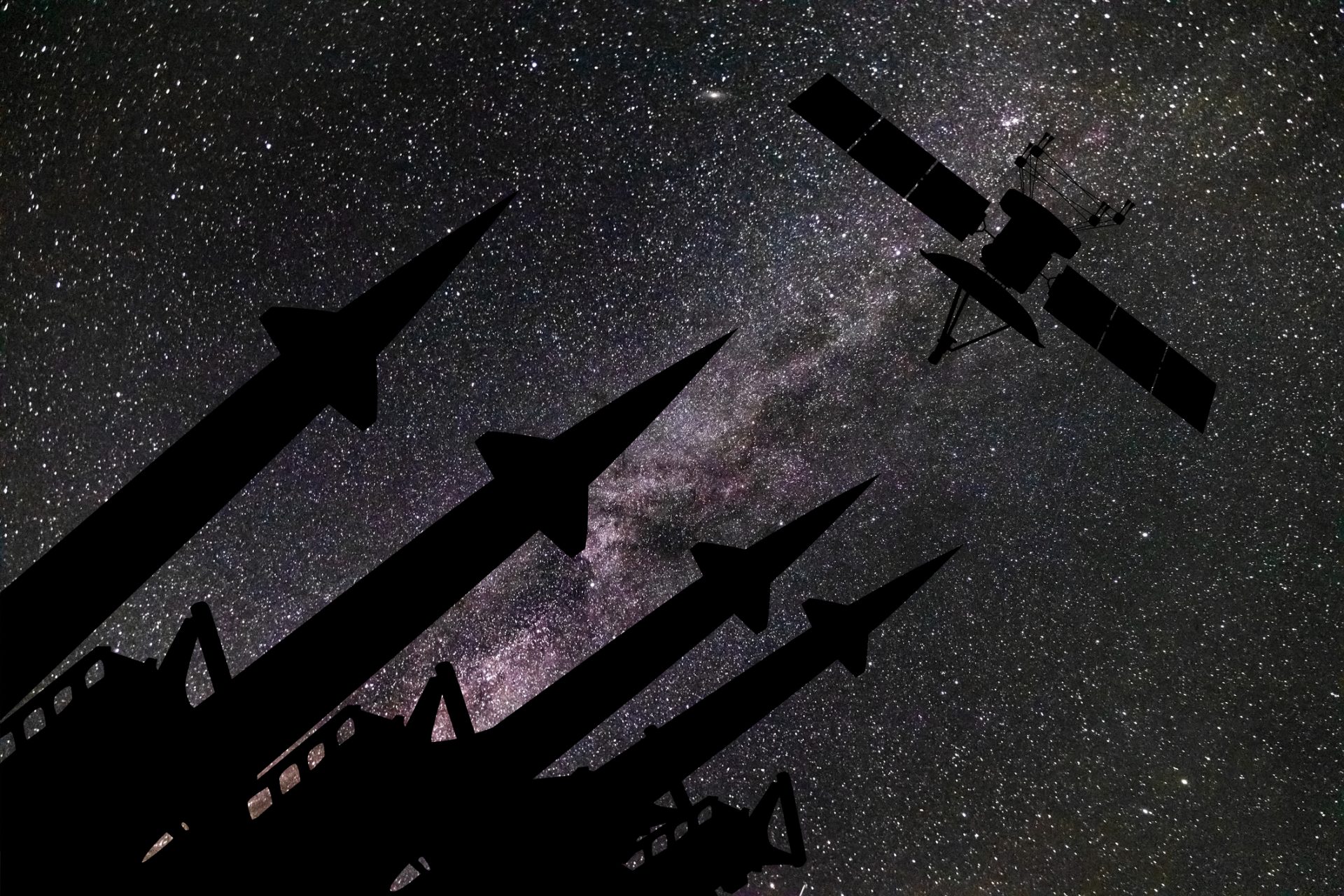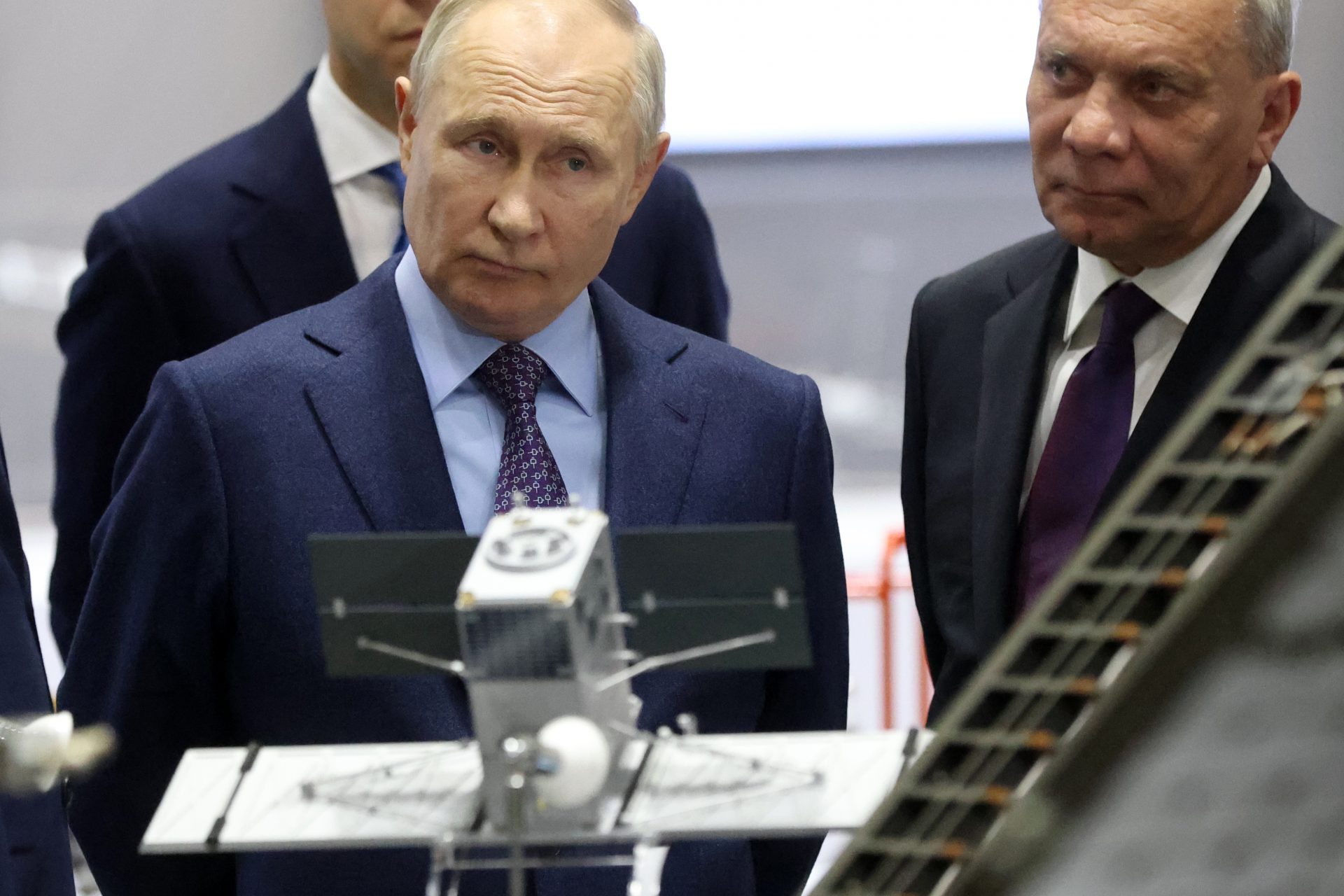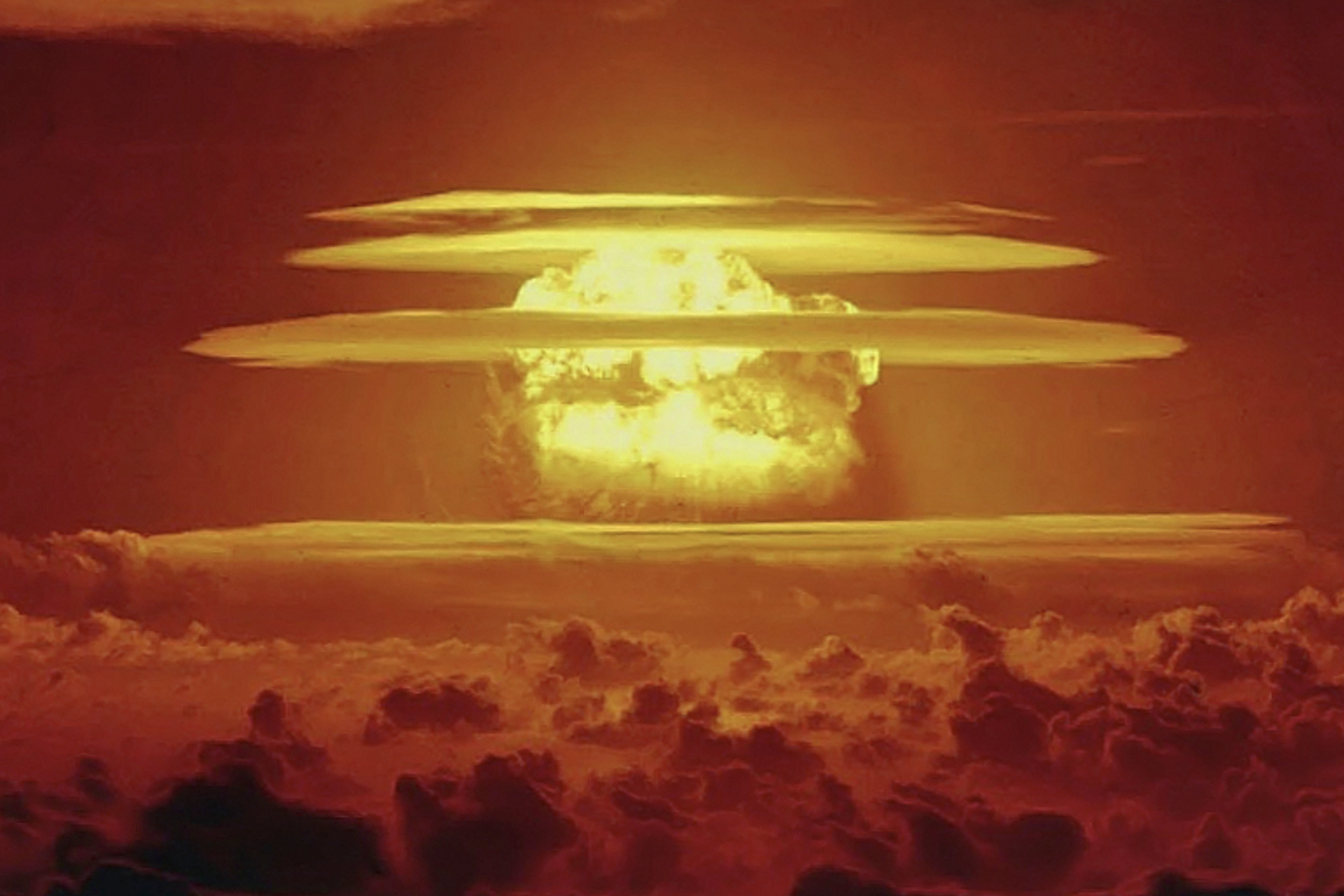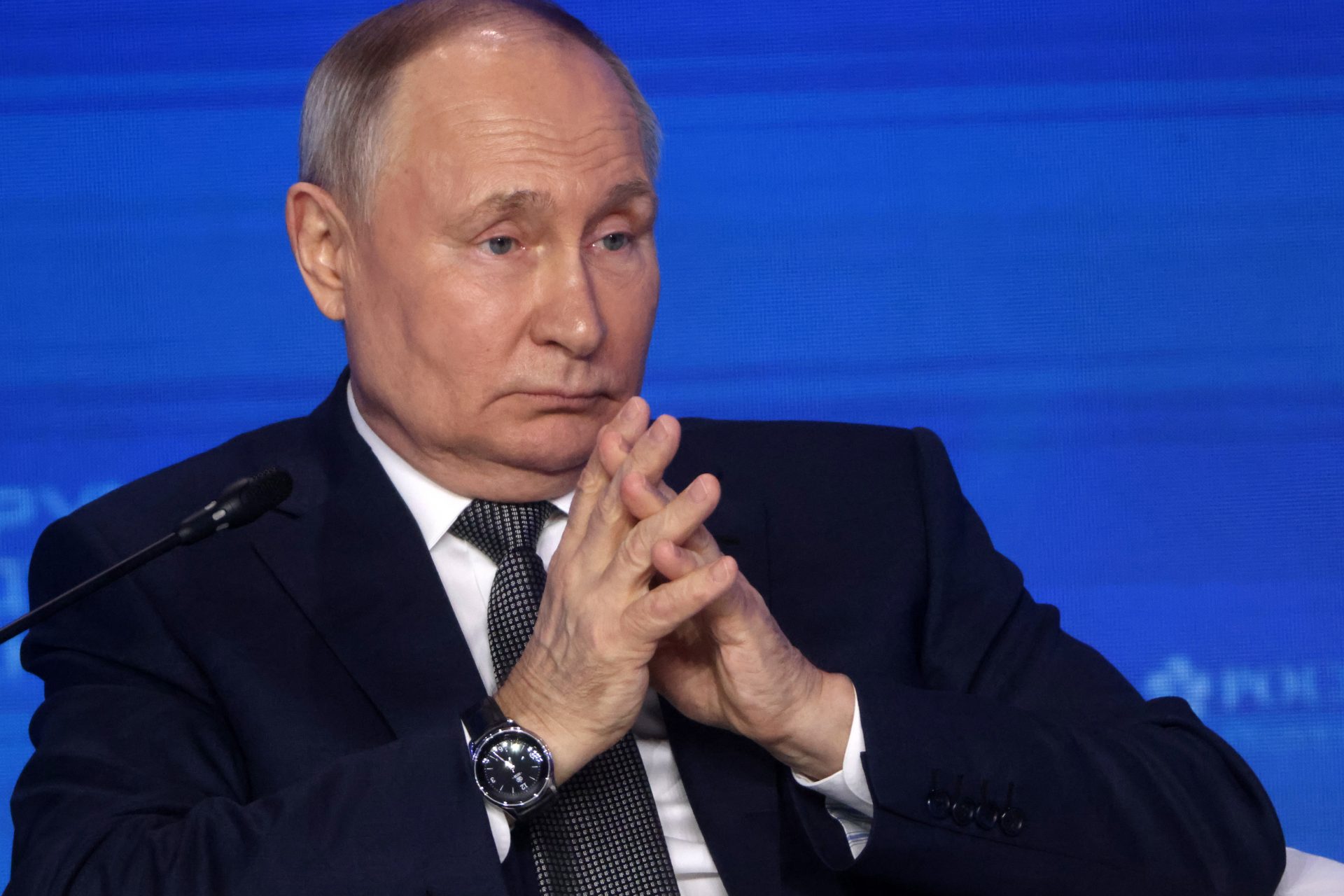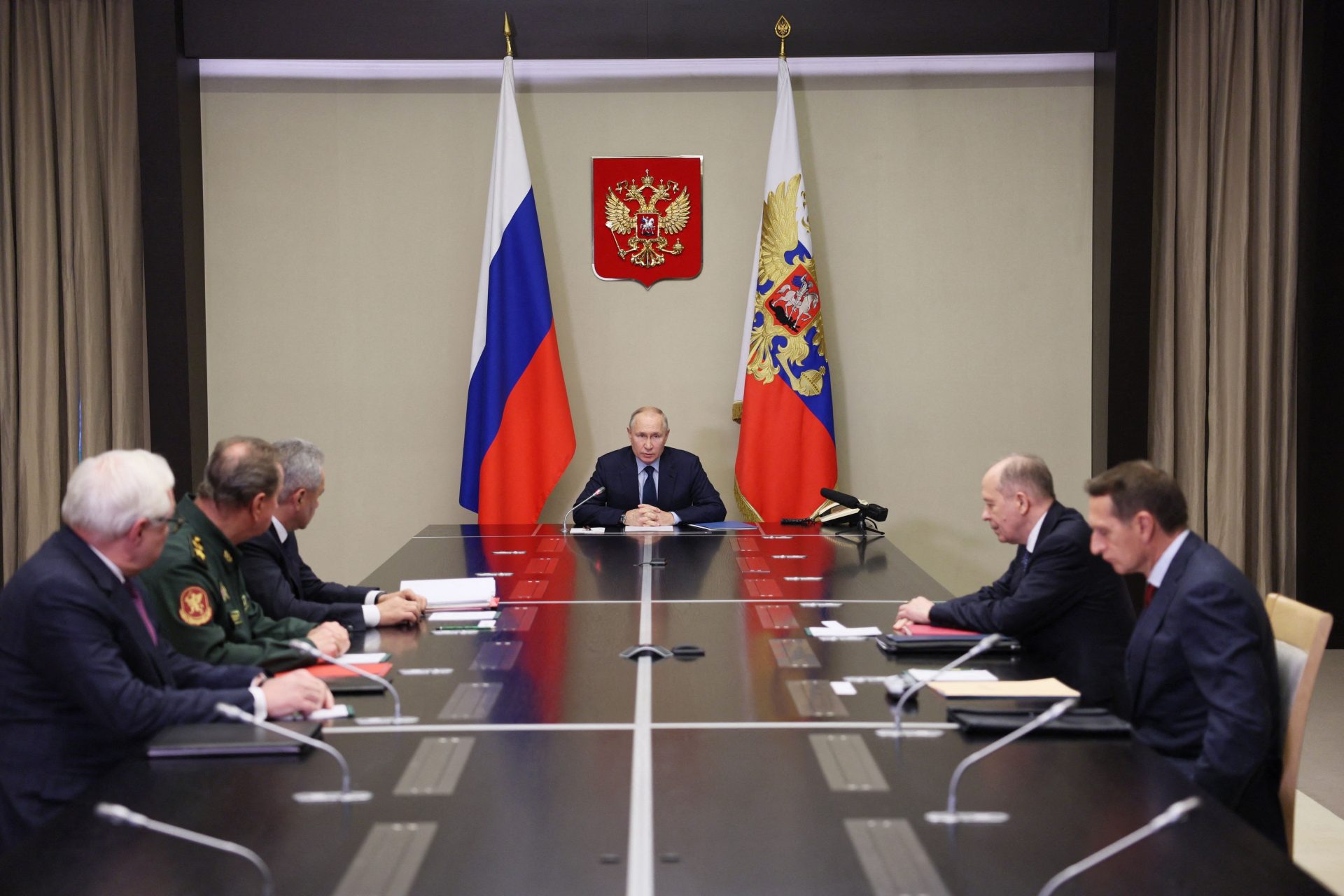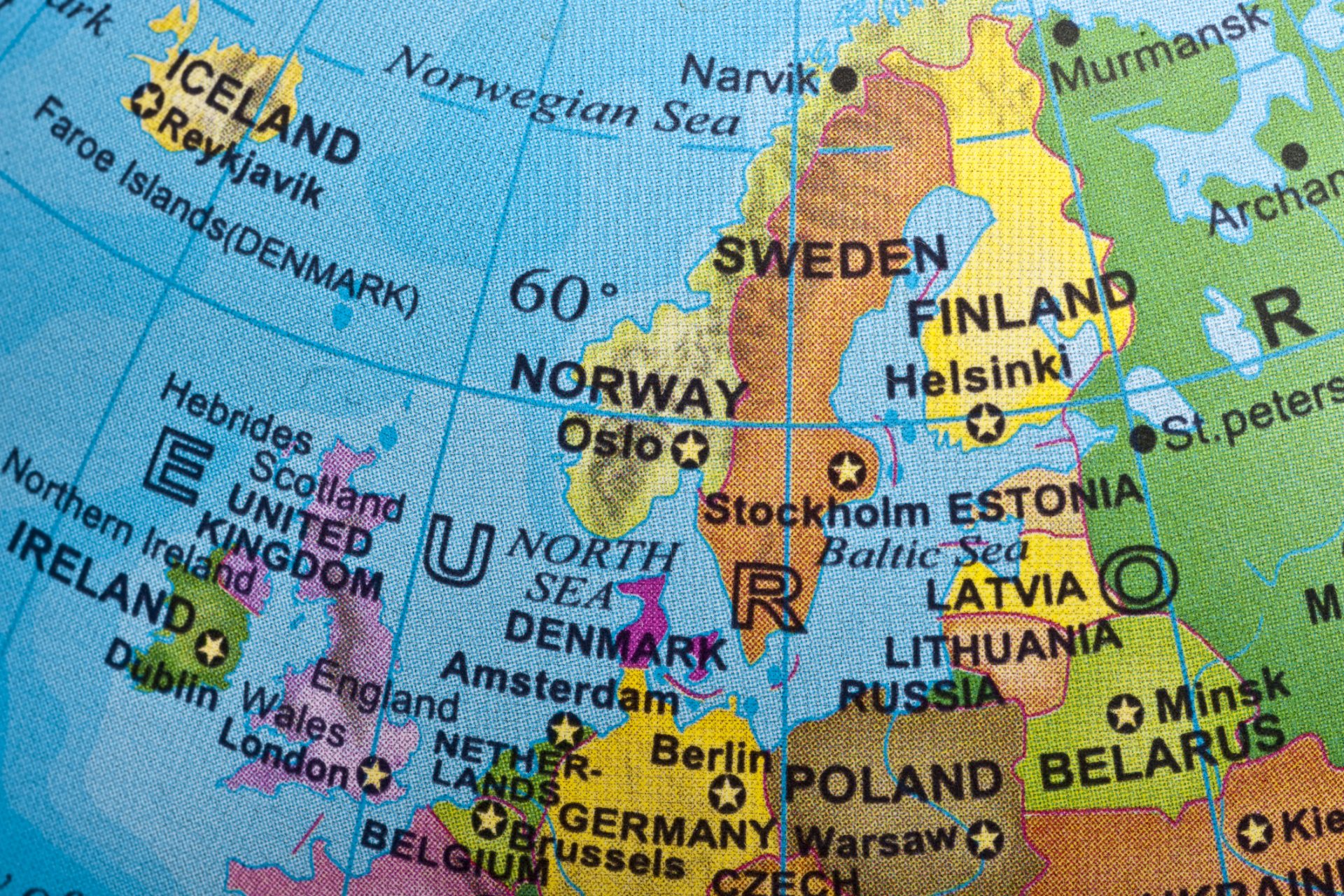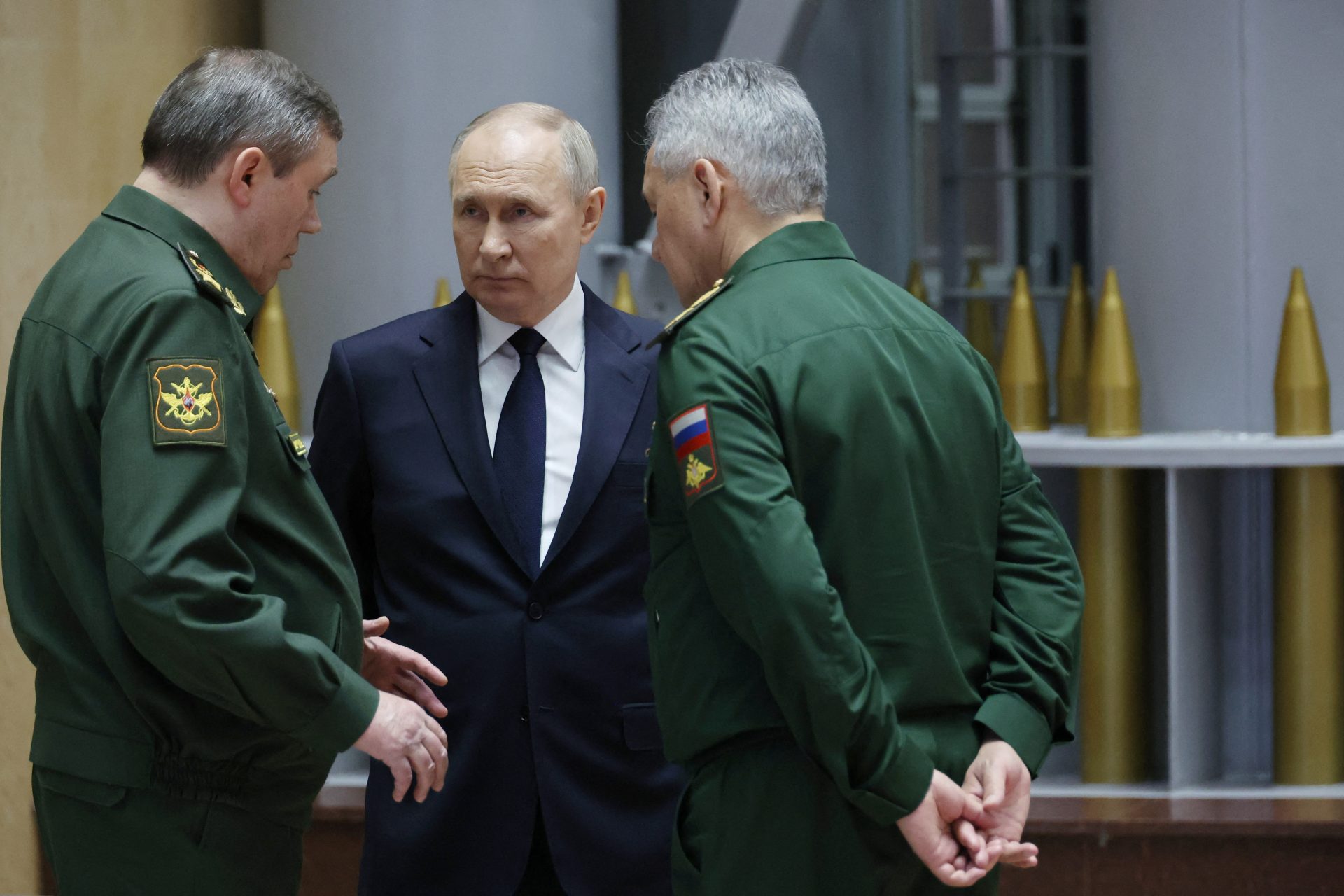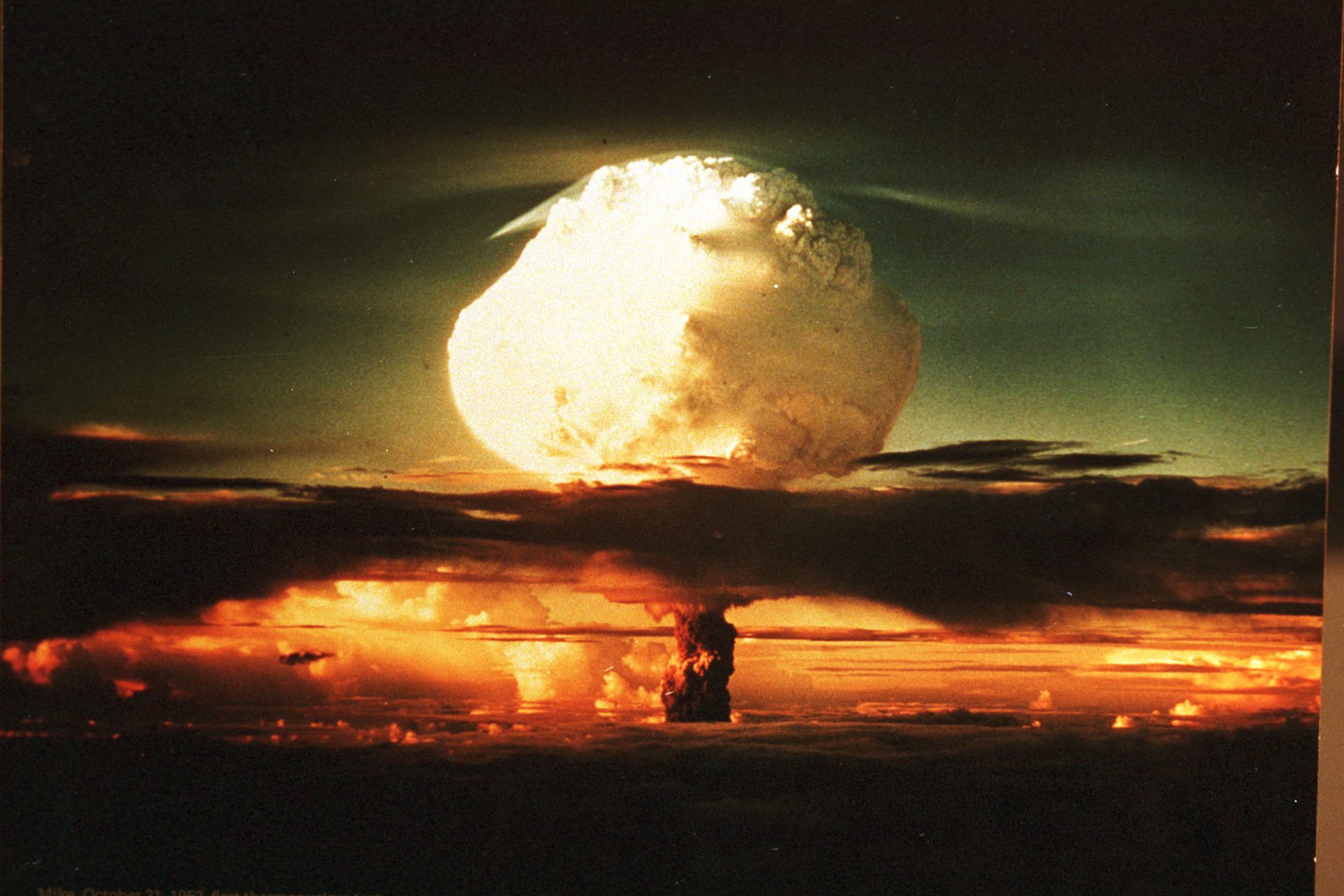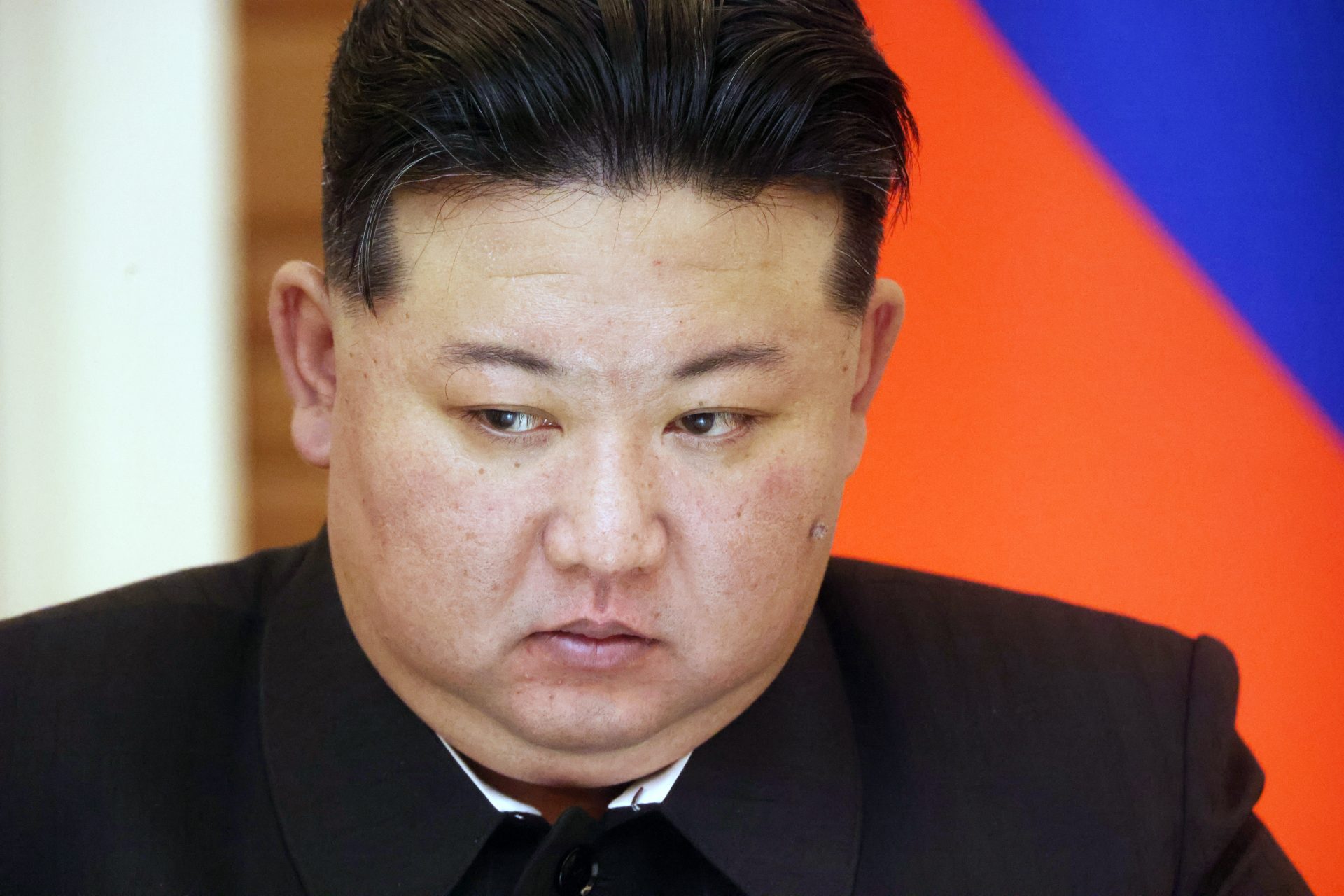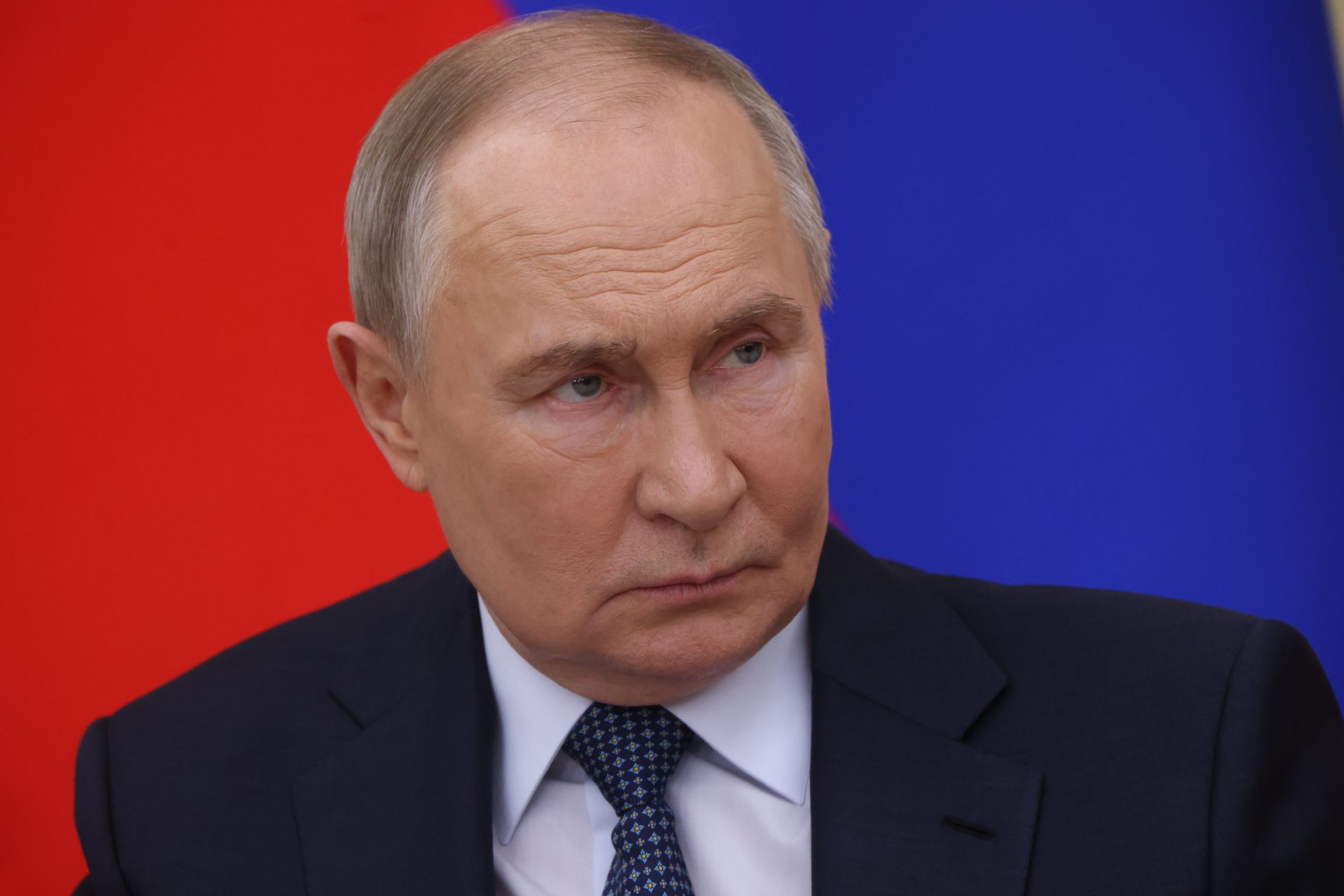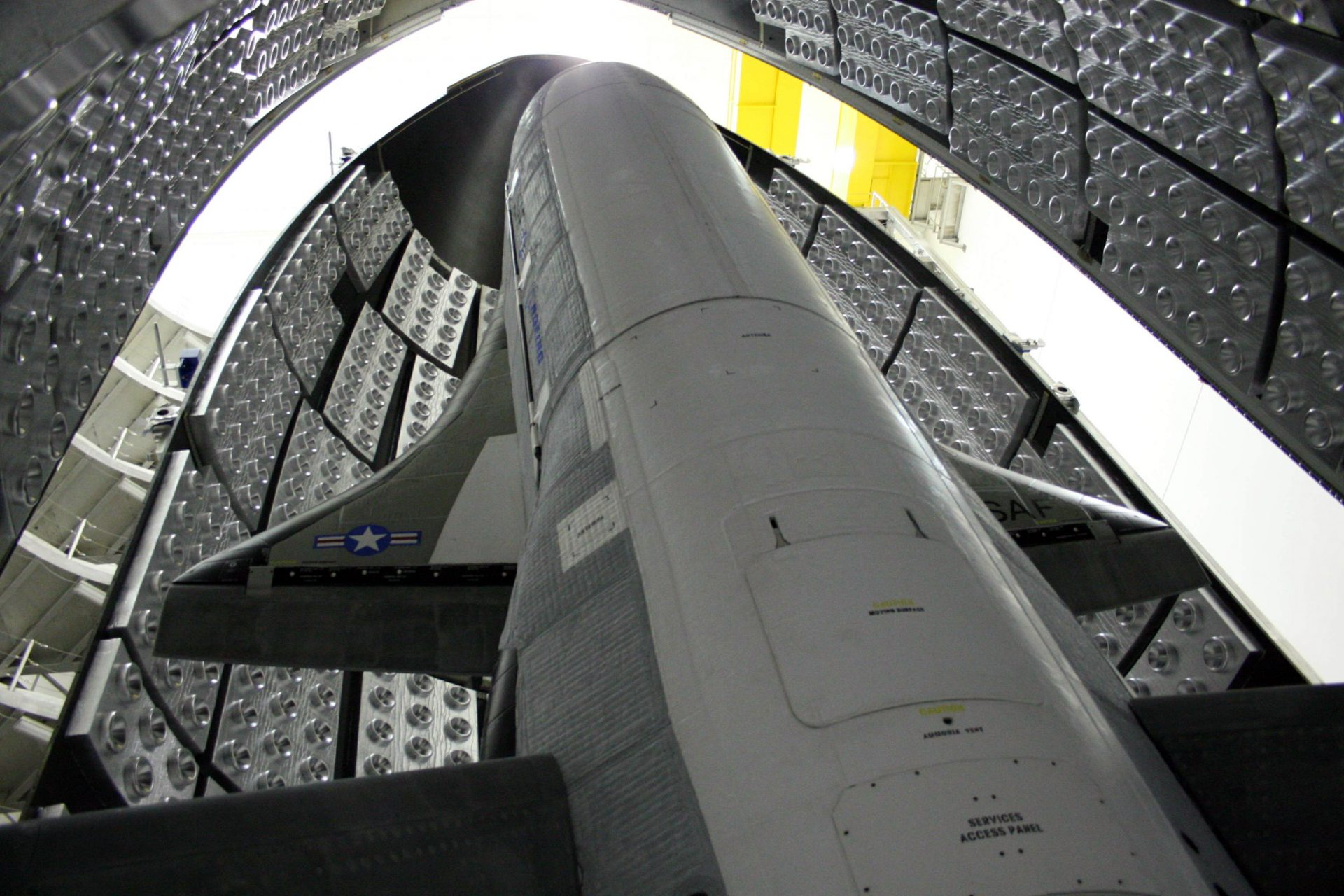Should the world be worried about Russia using an EMP?
In February 2024, reports began to surface about a nuclear space weapon Moscow was trying to develop that could knock out satellites with a massive wave of energy after it was detonated in orbit.
CNN reported that the new weapon could potentially cripple "a vast swath of the commercial and government satellites that the world below depends on to talk on cell phones, pay bills, and surf the internet" according to its sources.
Russia has not developed the technology to a point where it could be put into orbit but the story still caused a stir in the media and led CNN to conclude that "it would cross a dangerous rubicon in the history of nuclear weapons."
"This kind of new weapon—known generally by military space experts as a nuclear EMP—would create a pulse of electromagnetic energy and a flood of highly charged particles that would tear through space to disrupt other satellites winging around Earth," CNN journalists explained.
Photo Credit: Wiki Commons By United States Department of Energy - National Oceanic and Atmosphere Administration, Public Domain
However, the idea of Russia using an EMP on its enemies isn't a new one and it has been previously proposed that Vladimir Putin could use such a weapon on Ukraine if this turned in Kyiv's favor. But what would happen if he did?
The Financial Times was the first news organization to point out in 2022 that Putin may have been considering using an EMP in Ukraine. The attacks had been "amply explained, and even clamored for, on Russian state TV talk shows" reporter Roger Pardo-Maurer pointed out.
A Russian colonel had demonstrated on air how an EMP blast over the Baltic Sea might work using maps and charts. "It may well be that Putin and his generals have been warning us about this possibility all along," Pardo-Maurer wrote. But how would such an attack unfold?
According to a 2022 Forbes article, an EMP attack would be very similar to detonating a nuclear bomb at a high altitude. For example, Putin could detonate a nuclear device in the stratosphere, unleashing an 'electromagnetic pulse' that would leave hundreds of kilometers around the blast area in a total blackout, with all electronic devices disabled.
"Most electronics within a certain range of the detonation would be fried," a Forbes explained. "Automobiles would stop working, as would cell phones, televisions, and internet service. Basic electrical services would be wiped out, potentially for all of Ukraine."
The electromagnetic pulse was first discovered during atomic tests by the American military in the 1950s and was later recognized by the scientific community in the 1960s.
EMPs were observable in the moments after a nuclear explosion and have been attributed to the Gamma rays produced by a blast.
Photo Credit: Wiki Commons By Sgt. Ernie Stone, Public Domain
Essentially, an EMP is "a sudden burst of electromagnetic energy that radiates through the air at near the speed of light and creates problems in its wake," according to Study.com.
An EMP will knock out all electronics as it travels and can be caused by natural effects, like lighting or solar storms, as well as by the sudden surges of electricity or from the explosion of a nuclear or conventional bomb.
The use of an EMP in Ukraine would cause terror in the population, killing many people through cold exposure and lack of electricity, and would make communication almost impossible within the Ukrainian Armed Forces.
Such an attack, however, would have one big problem: it would be difficult to control exactly which areas were affected. If Russia launched an EMP against Ukraine, it could cause similar issues for Russian citizens and their army.
An EMP attack could even affect North Atlantic Treaty Alliance (NATO) countries and be used to invoke Article 5, NATO's collective defense and security clause.
However unlikely, the possibility of such an attack being used is still present since small-scale EMPs could be applied across the battlefield in Ukraine using non-nuclear weapons, though the world hasn't seen Russia use such an attack on Ukraine yet.
Some large, conventional bombs have been known to produce electromagnetic pulses when detonated at very high altitudes, although the area affected is very limited.
One interesting aspect of the EMP phenomenon is that the buildup of so much ionized energy at the time of detonation can produce rainbows in the sky, one of the reasons why this type of attack has been nicknamed "the rainbow bomb".
The death and destruction produced by a rainbow bomb, however, wouldn't be very beautiful. The after-effects of an EMP blast would be very similar to what most audiences see in many of today's modern dystopian science fiction films.
Beyond Russia, it is suspected that North Korea has carried out some form of missile testing designed to produce an EMP attack on its enemies.
In a hyper-technical and industrialized country like South Korea, an EMP would be devastating, and would almost certainly plunge the entire country into chaos, something from which they probably couldn't escape without major help from the international community.
Photo Credit: Sava Bobov/Unsplash
American author Don DeLillo raised the possibility of a total electronic blackout in his novel, 'The Silence'. One of the most disturbing scenes presented showed crowds of people wandering through empty streets, walking without knowing where they were going, simply looking for human company, and fleeing silence.
Forbes determined that Russia using an EMP was a real threat and needed to be taken seriously but also added that as long as the Kremlin could win the conflict in Ukraine through "standard methods" then Putin would continue to "stay within the norms of modern warfare."
"However, we cannot assume the status quo will prevail forever. The longer the Ukraine war drags on, the more desperate Russia is likely to become and the more likely it is Putin draws upon extreme solutions to tilt conditions in his favor. A nuclear EMP attack cannot be ruled out," Forbes concluded.
More for you
Top Stories



